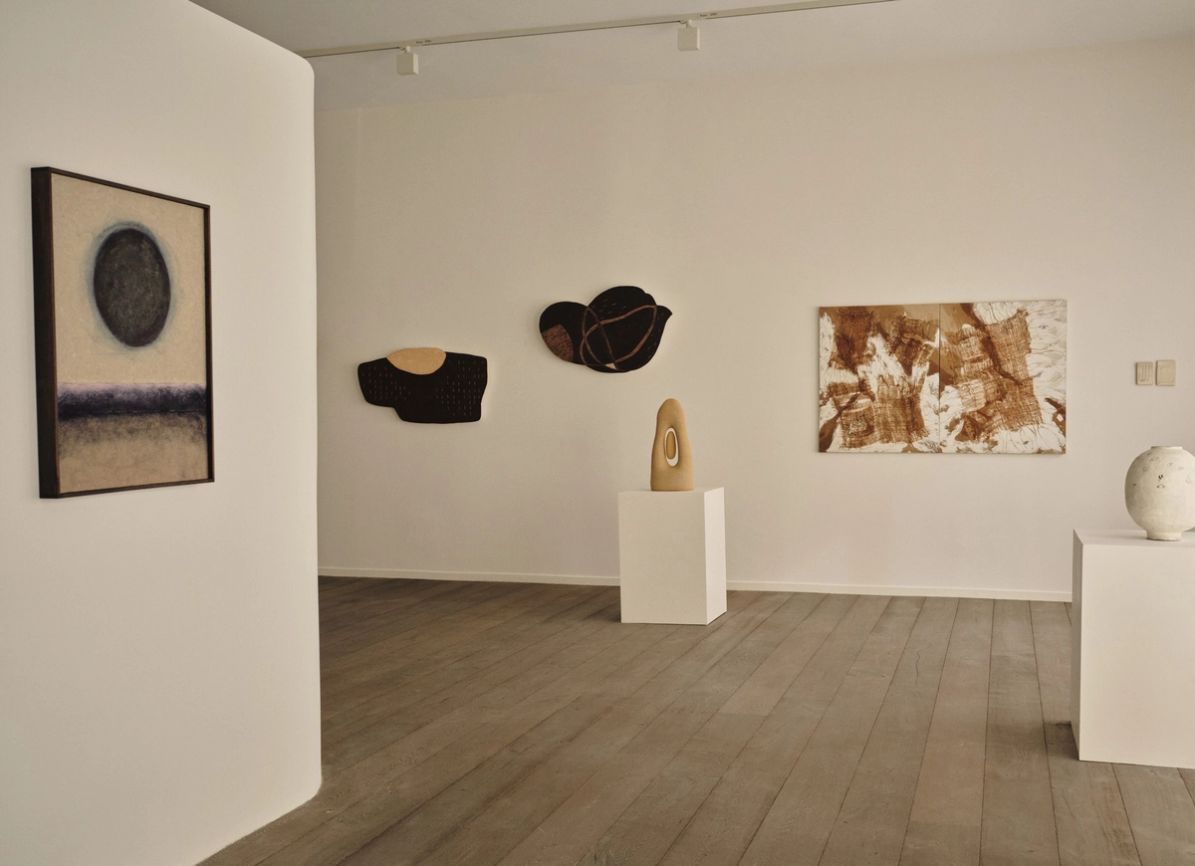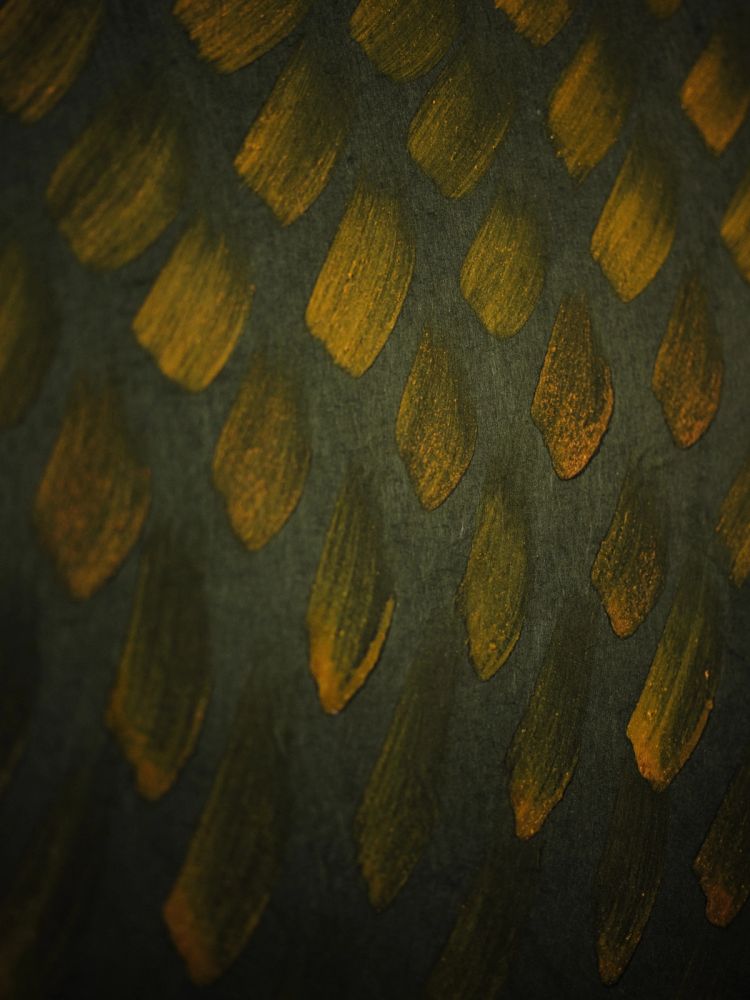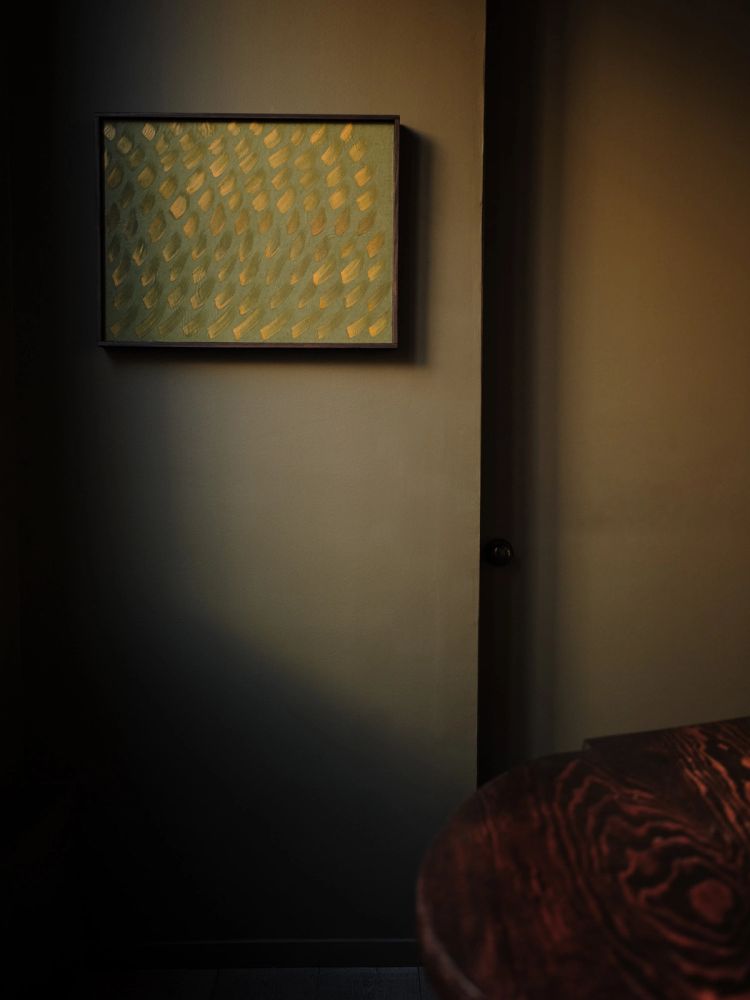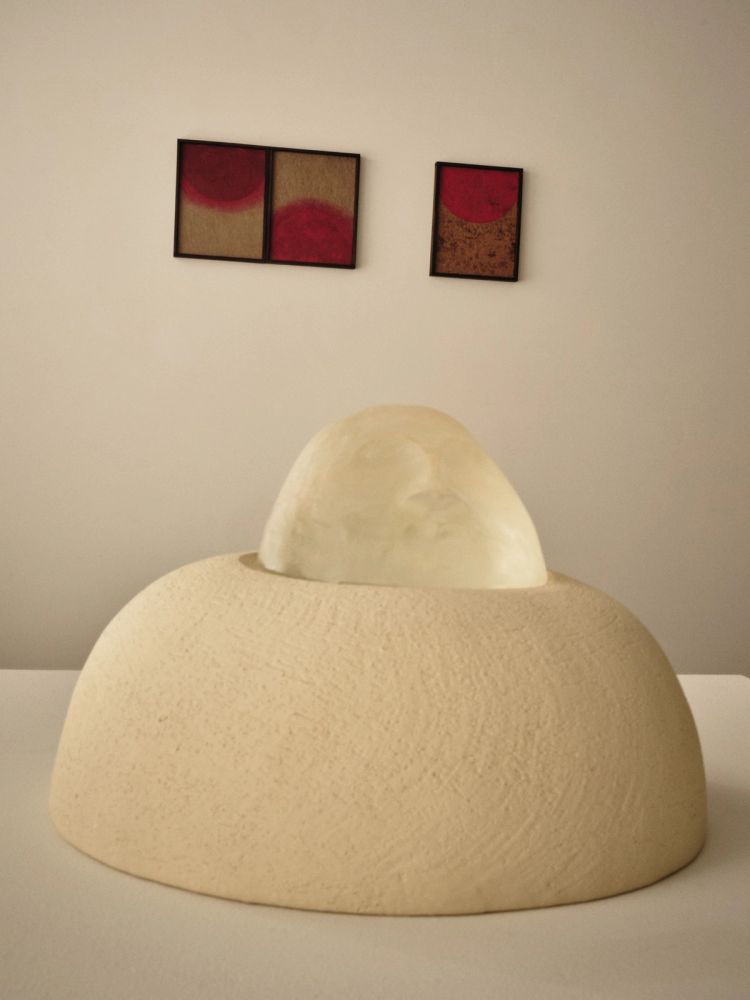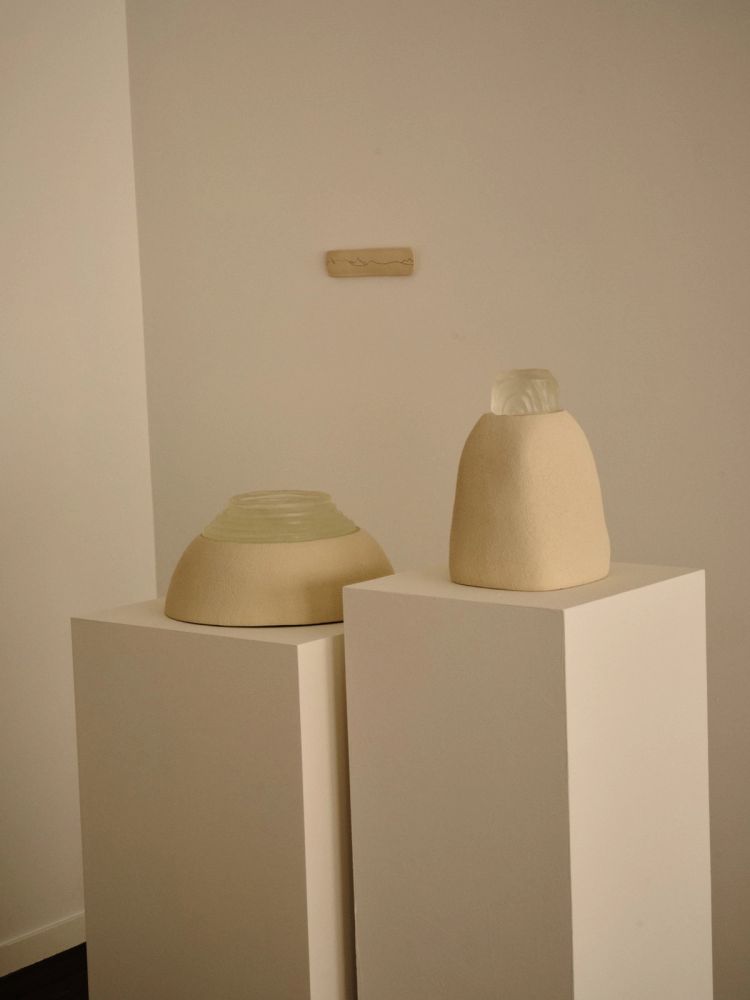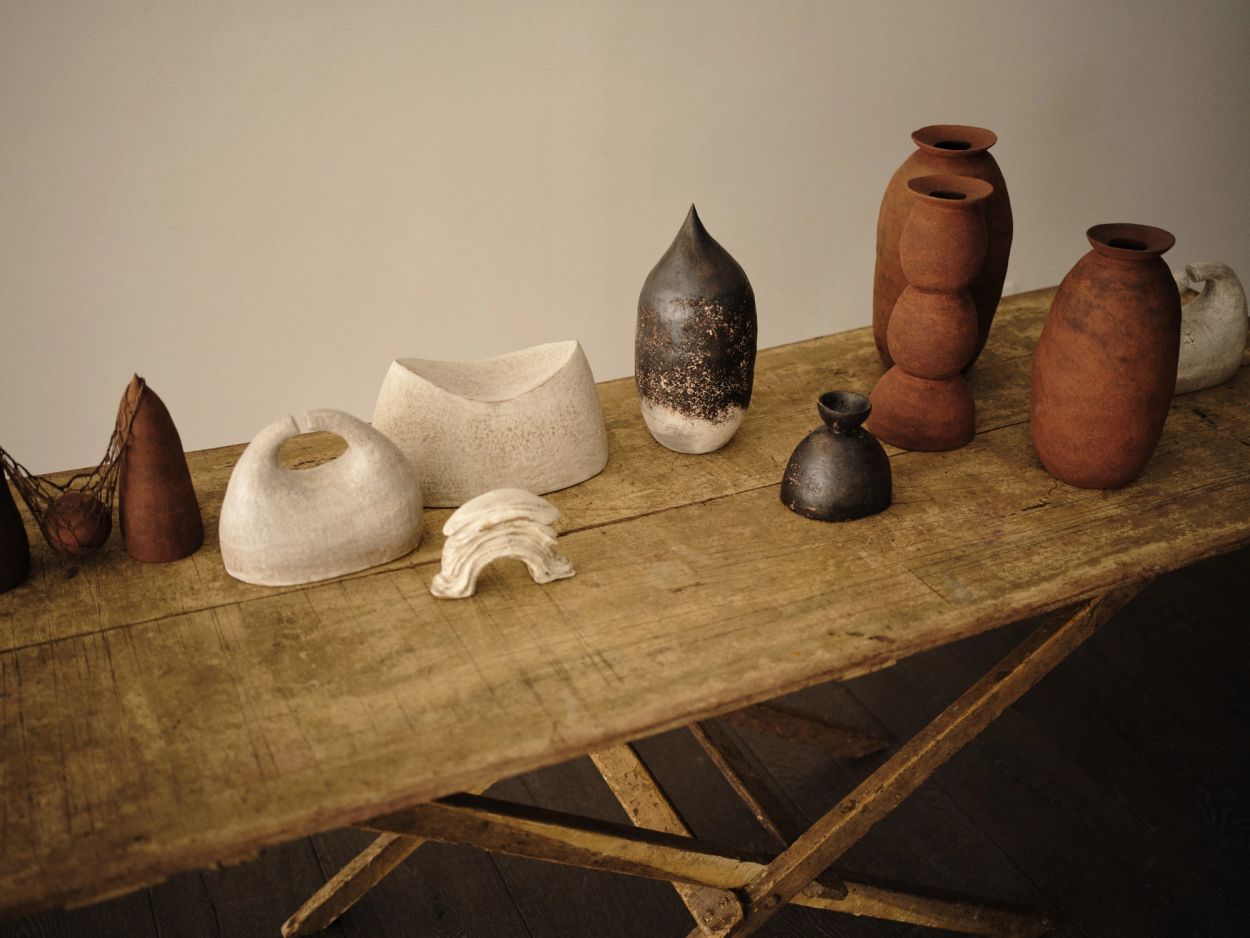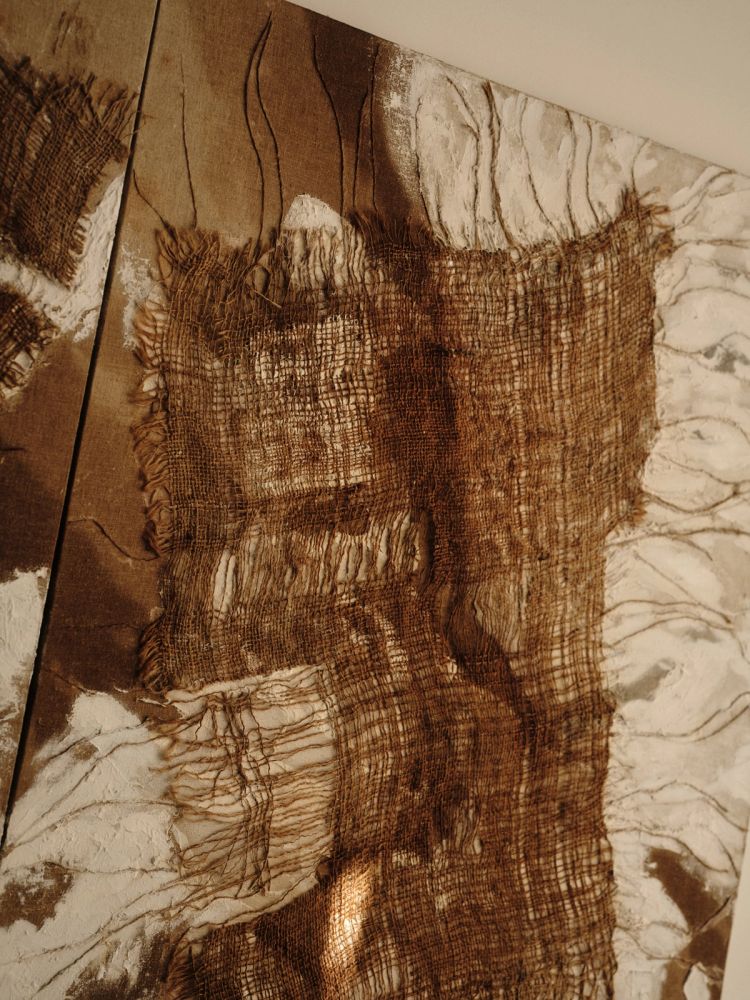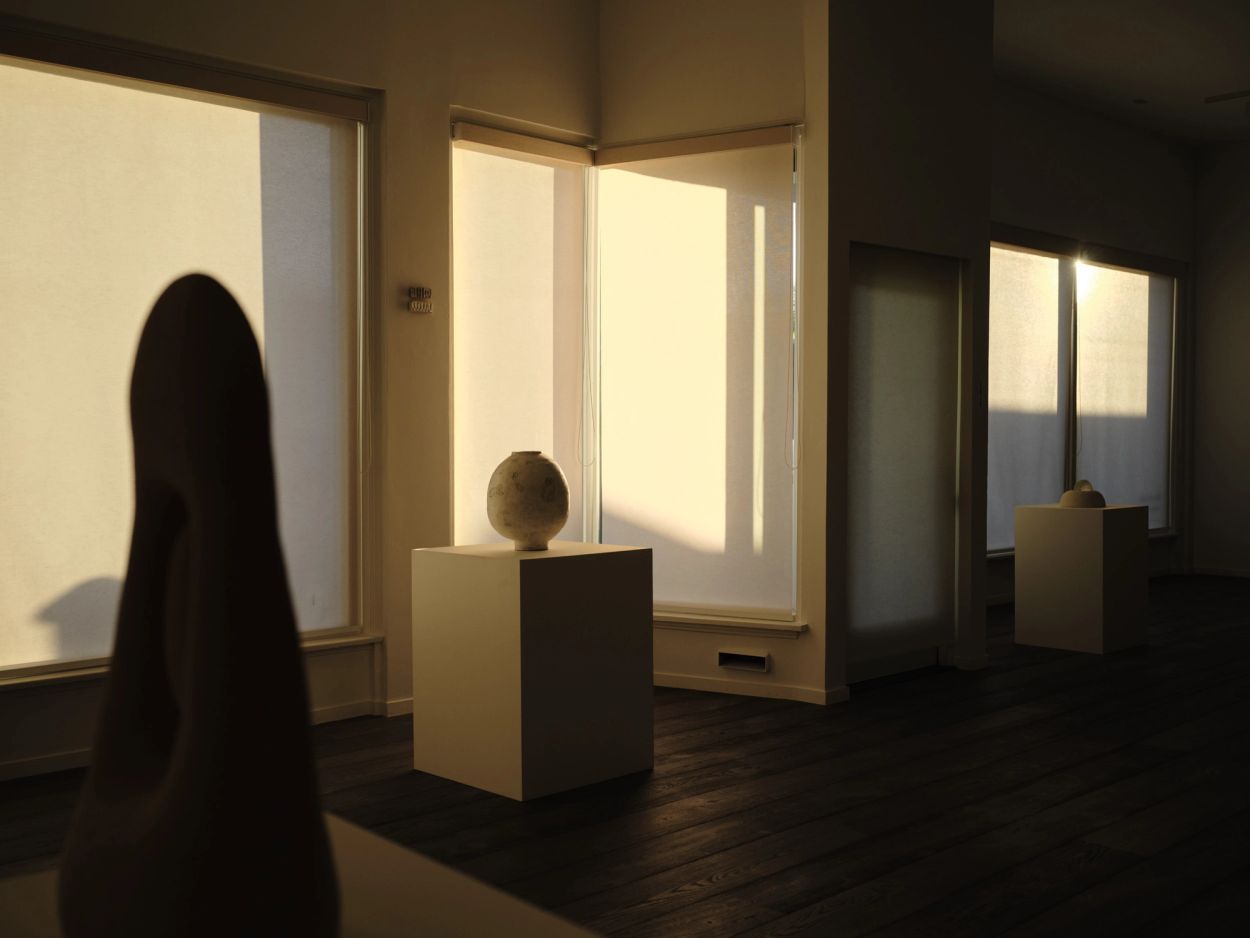Group Show: you, me and usNov 22, 2024 – Feb 1, 2025
An accumulation of personal choices and preferences – the colours and proportions an artist is inexplicably drawn to, the way their hand works with a certain material, the solutions they find to the problems they pose – the specifics build up. Through each work and across every series, these glimmers of personality culminate, becoming something grander and more universal than a simple reflection of the self.
From a vocabulary of simple shapes and marks, Yoona Hur expresses the breadth of her visual and emotional worlds, playing with a sense of distance and scale to evoke both the interior and exterior, the minute and the magnificent. Her series ‘Inner Garden’ is an intimate, microscopic inspection of the world, a zooming in on its details. Like individual blades of grass, each brushstroke is a completed action, a single sweep of the hand, a moment in time.
Rendered in pure, powdered pigment on Korean hanji paper, Hur’s ‘Inner Knowing’ series is composed entirely of circles and horizons. Both abstract and innately representational, the circle is the sun in the sky, the moon at night, a single cell and the entire world. While this shape draws you in, pulling you into its centre, the horizon line suggests distance, a divide between here and there, near and far – opening up the vast space between the viewer and what lies beyond.
A glossary of similarly universal shapes and forms – images and marks that aren’t figurative per se, but are recognised, instinctive, known – are developed in Nancy Kwon’s work. A mountain range is summoned in a simple sketch; rippling water is captured, its movement stilled; smooth, pebble-like forms appear as if through erosion; and one can trace the indentations of a finger as it is pressed into wet clay, or dragged through it.
A distillation of academic research and her own lived experience, Kwon’s work expresses technical brilliance alongside an exploration of spirituality, culture and family. A rotund, lidded vessel is embellished with a vast, mountainous landscape – an image that appeared to the artist many times during her pregnancy. Recalling the shape and proportion of Korean moon jars, another of Kwon’s vessels, titled ‘Conception Dream’, features a tiger motif, a reference to the conception dream of her great grandmother, who dreamt of her son as a tiger inside a clay pot.
A series of carved clay spirals with cragged edges and coarse surfaces resonate at a deeper level beyond words. Like fossils, these objects feel as if they were unearthed from another time, their meaning and intended use unbeknownst to us. Ceramic tiles coated in a thin, milky glaze are presented in diptychs and triptychs; explorations of heat and material, these fragments wholeheartedly avoid representation and remain resolutely ambiguous.
Myoung-Ae Lee evokes a similar sensation in her work, using the language of abstraction to give shape to ideas that exist in the collective consciousness, namely “the relationship between you, me and us – between objectivity and subjectivity, the whole and the individual.”
Thick chunks of material – composed in layers of cardboard, linoleum, linen and hanji - are presented as an integral object, a single piece. Created in pursuit of the autonomy of the surface, these freeform structures offer the artist a substantial interplay between the surface and the subject. Painted a deep brown, these shaped ‘canvases’ are host to small flecks of colour and grainy brushstrokes, a collage of textures and techniques.
Raw hemp and cotton, burlap and twine – the coarseness of her chosen materials reveals the details of their construction, their warp and weft laid bare so that the artist might capture something of the delight and horror of pulling at a loose thread…
There is an unpicking at play, a purposeful fraying of the edges, a meaningful deconstruction. Drawing attention to both the individual strand and the interwoven structure, each artist presents a nuanced vision of fragility and strength, the singular and the collective.
Words
- Rosanna Robertson
Photos
- Rich Stapleton
Featured Works
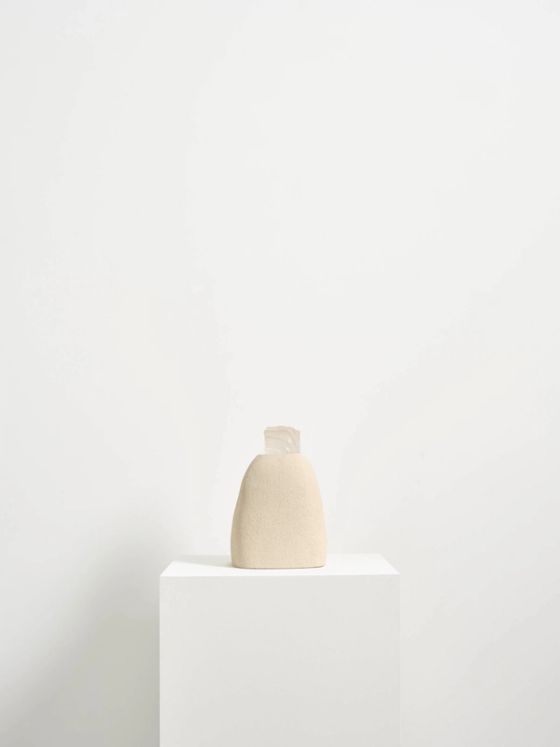
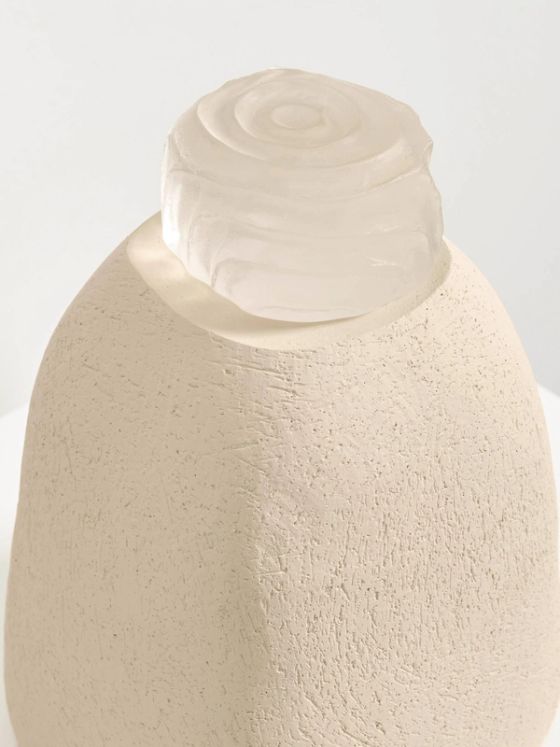 LA Gallery
LA GalleryNancy Jiseon KwonIn you, the earth, 2024
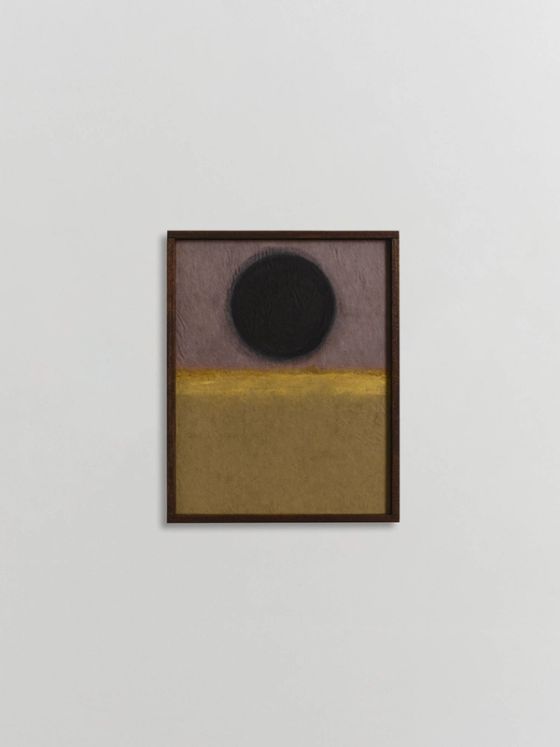
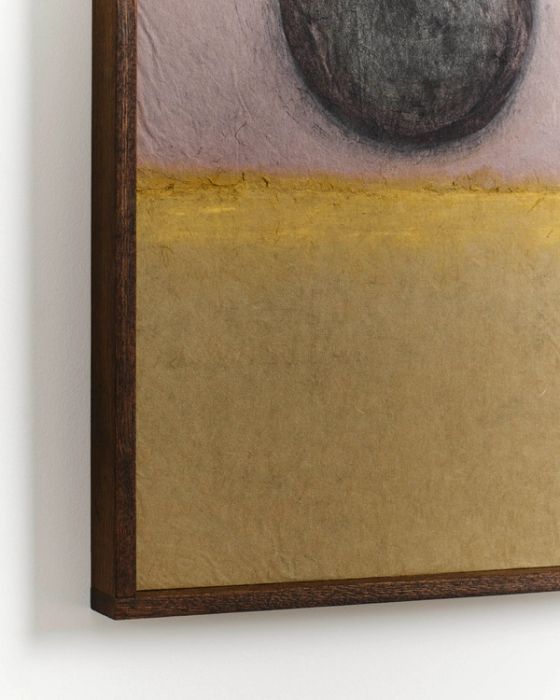 LA Gallery
LA GalleryYoona HurInner Knowing 8, 2024

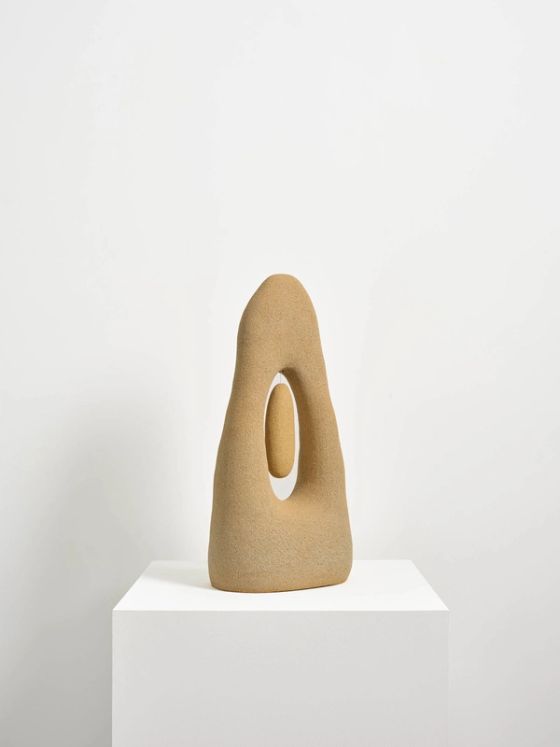
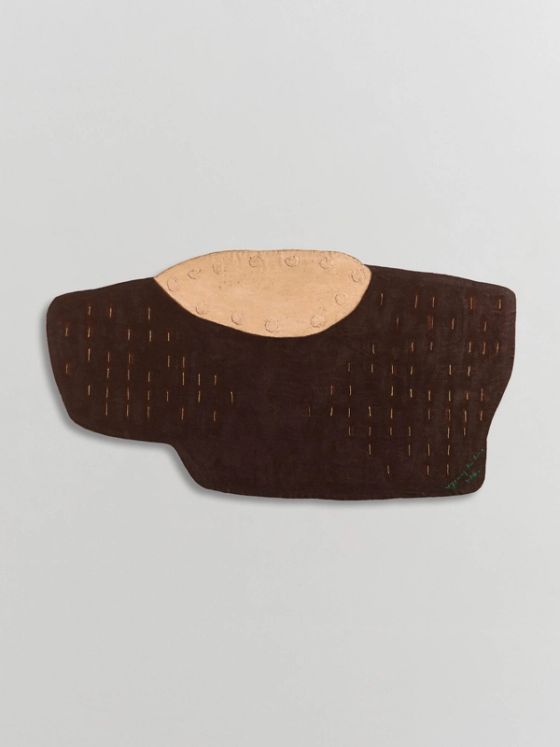
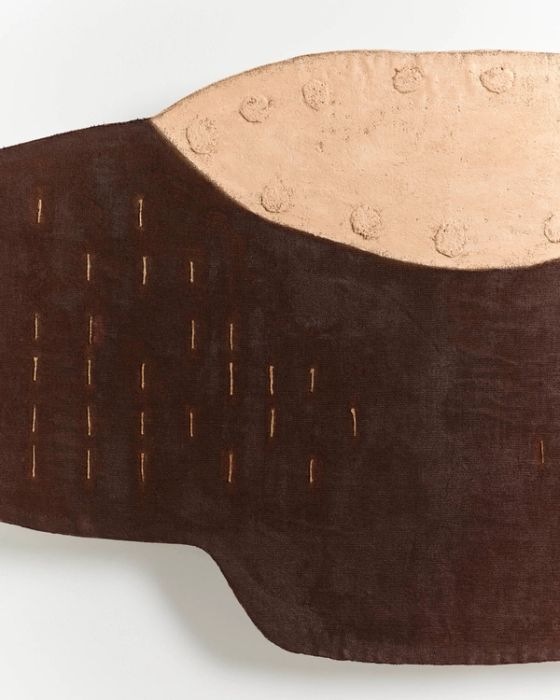 LA Gallery
LA GalleryMyoung Ae LeeWork2403- Variation, 2024
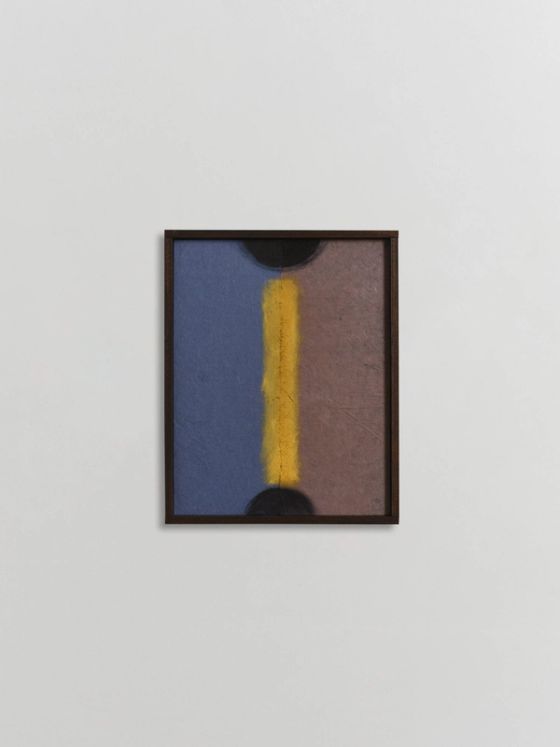
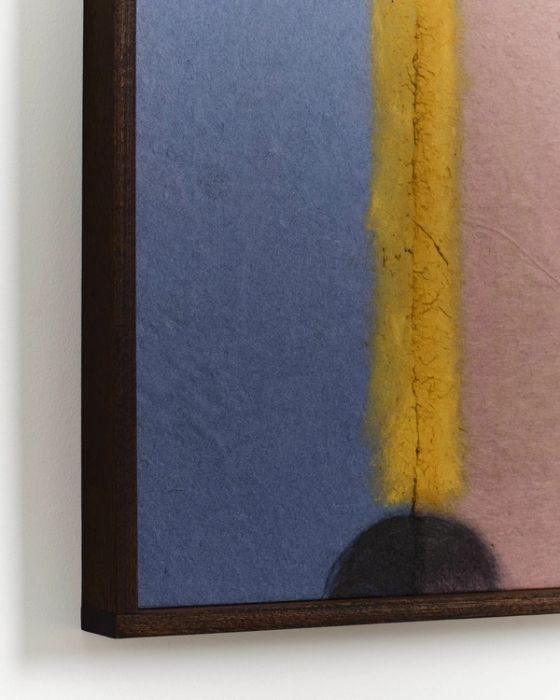 LA Gallery
LA GalleryYoona HurInner Knowing 3, 2024
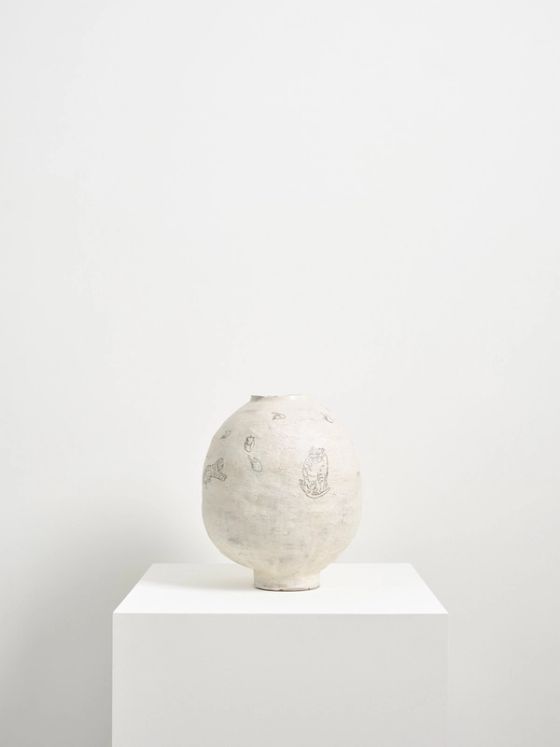
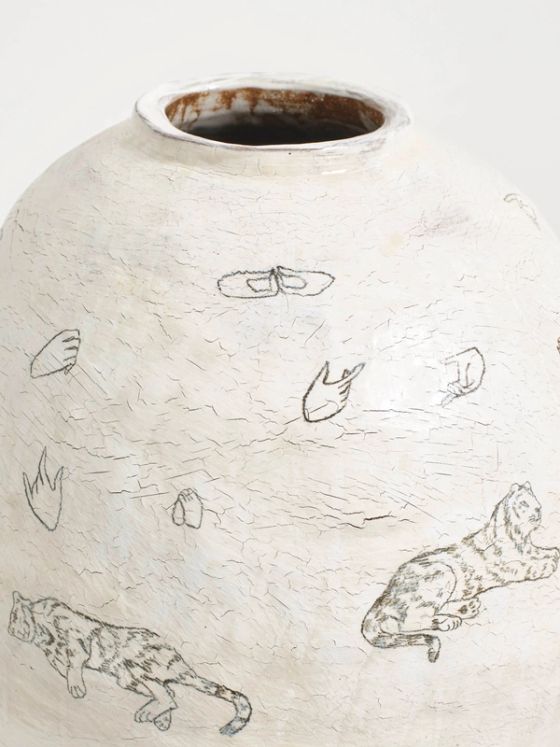 LA Gallery
LA GalleryNancy Jiseon KwonConception Dream, 2024
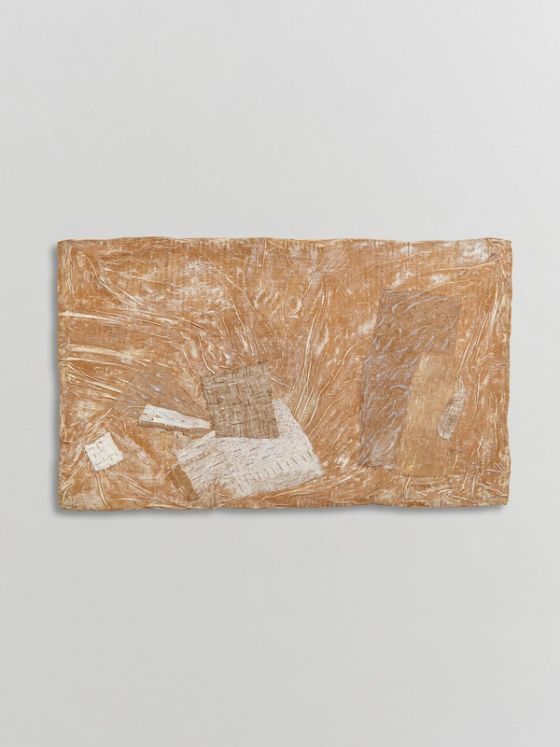
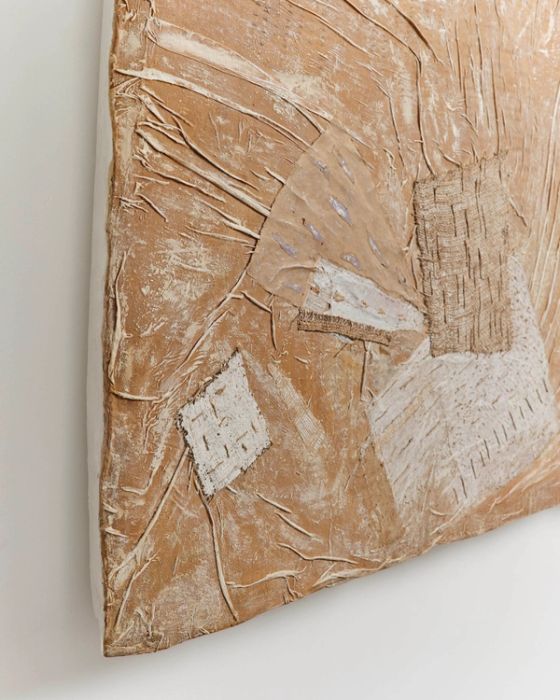 LA Gallery
LA GalleryMyoung Ae LeeWork2409- Variation, 2024
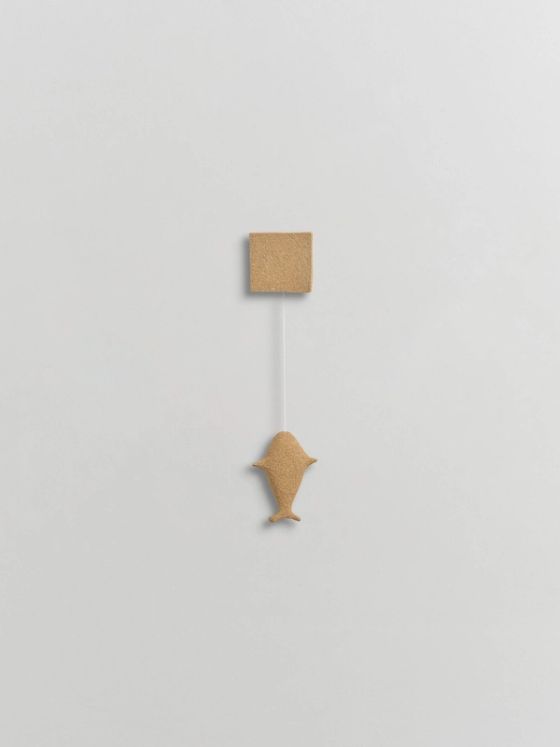
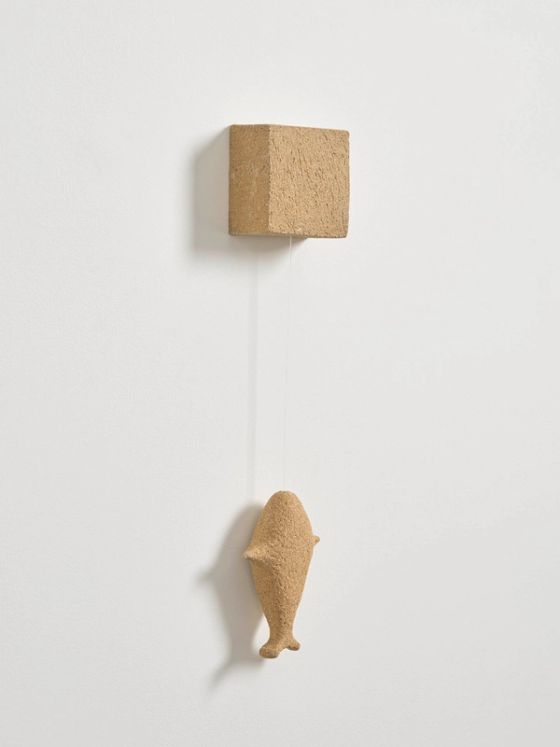
Featured Artists
- Myoung Ae Lee
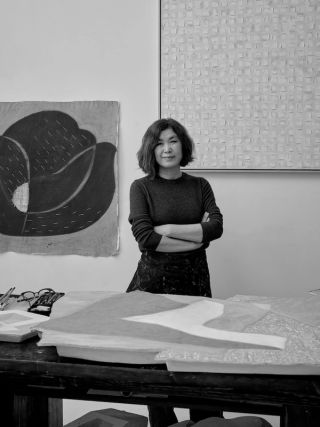
Lee’s work — which comprises oil paint on canvas, as well as collages of natural fiber, fabric, and plaster on shaped canvas — explores the delicate relationships of individual entities as they relate to the whole, translated by way of the broad and recurring theme of coexistence.
- Nancy Jiseon Kwon
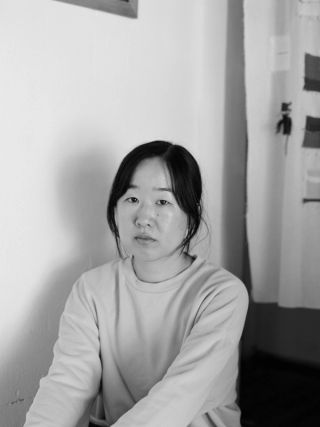
Nancy Jiseon Kwon creates ceramics, textiles and works in glass that are rooted in tradition and ritual. From ancient Korean stoneware and hemp burial gowns, to Etruscan votive offerings and Neolithic petroglyphs, her pieces are informed by a long tradition of ceremonial objects created from organic materials.
- Yoona Hur
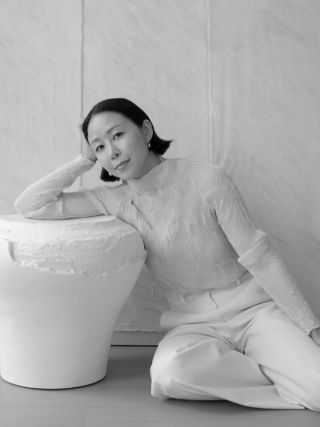
Yoona Hur is a ceramic artist based in Seoul and New York. Inspired by the full breadth of Korean ceramic history, from ancient earthenware to the white porcelain of the Joseon dynasty, her pieces both preserve and reinterpret this cultural heritage.
Related exhibitions
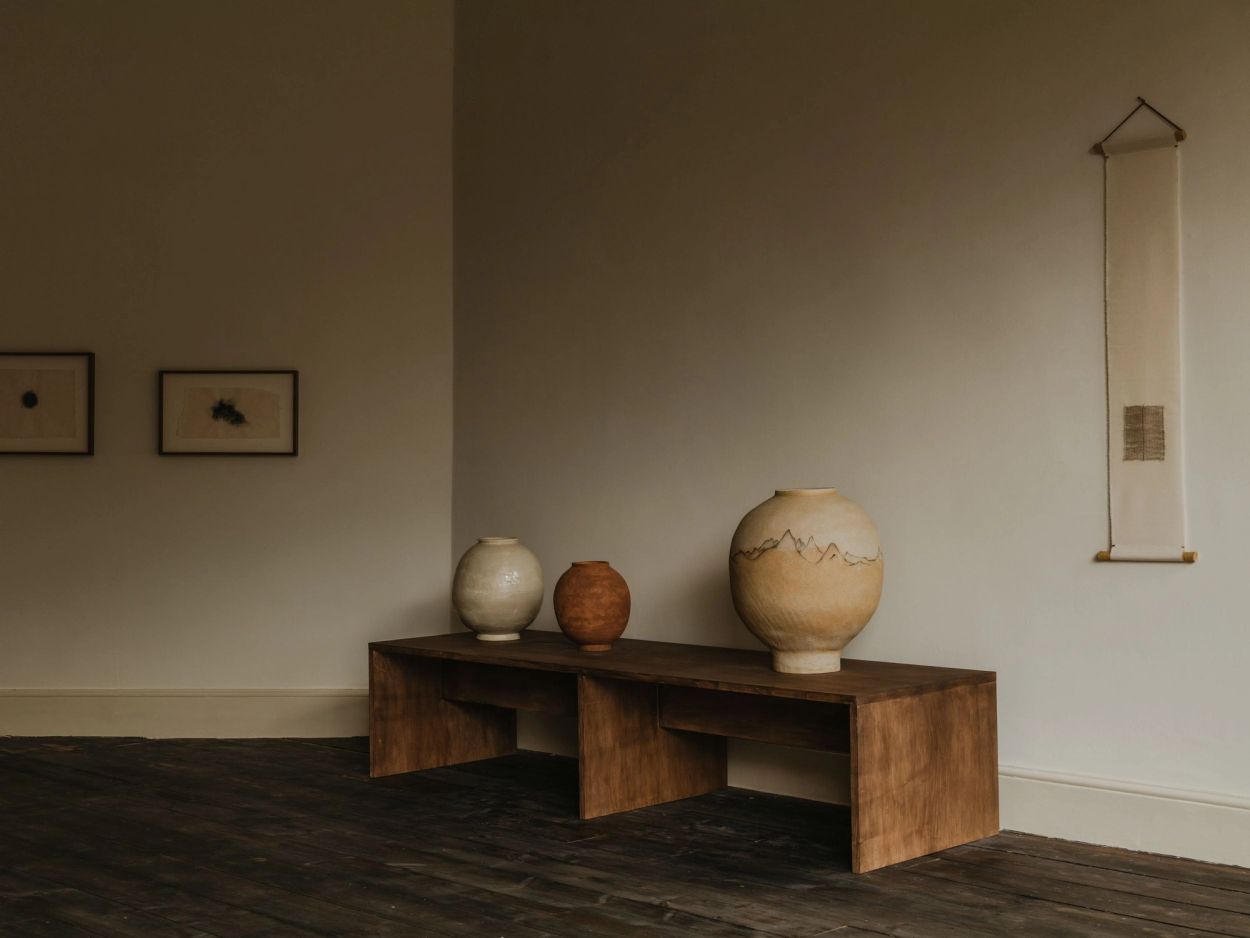
In Clear with Rising Mist, LA-based Nancy Jiseon Kwon explores the atmospheric, nostalgic and emotional potential of landscapes, particularly with reference to East Asian landscape painting and poetry from the 12th to 18th centuries, including the oeuvres of Song dynasty Chinese painter Xia Gui, Joseon dynasty Korean artist Jeong Seon, and Persian lyrical poet Hafiz. “I was thinking about the whole practice of landscape painting throughout East Asia – how travelling to beautiful landscapes created such an outpouring of creative expression that lasted centuries,” she says. “I’m intrigued by the idea of these artists observing the beauty of their surroundings and immortalising them through poetry and painting, in turn inspiring myths and nostalgic notions about the past. There was a movement towards unifying landscape, human form, and all elements of nature – I wanted to draw on this in my own pieces.”
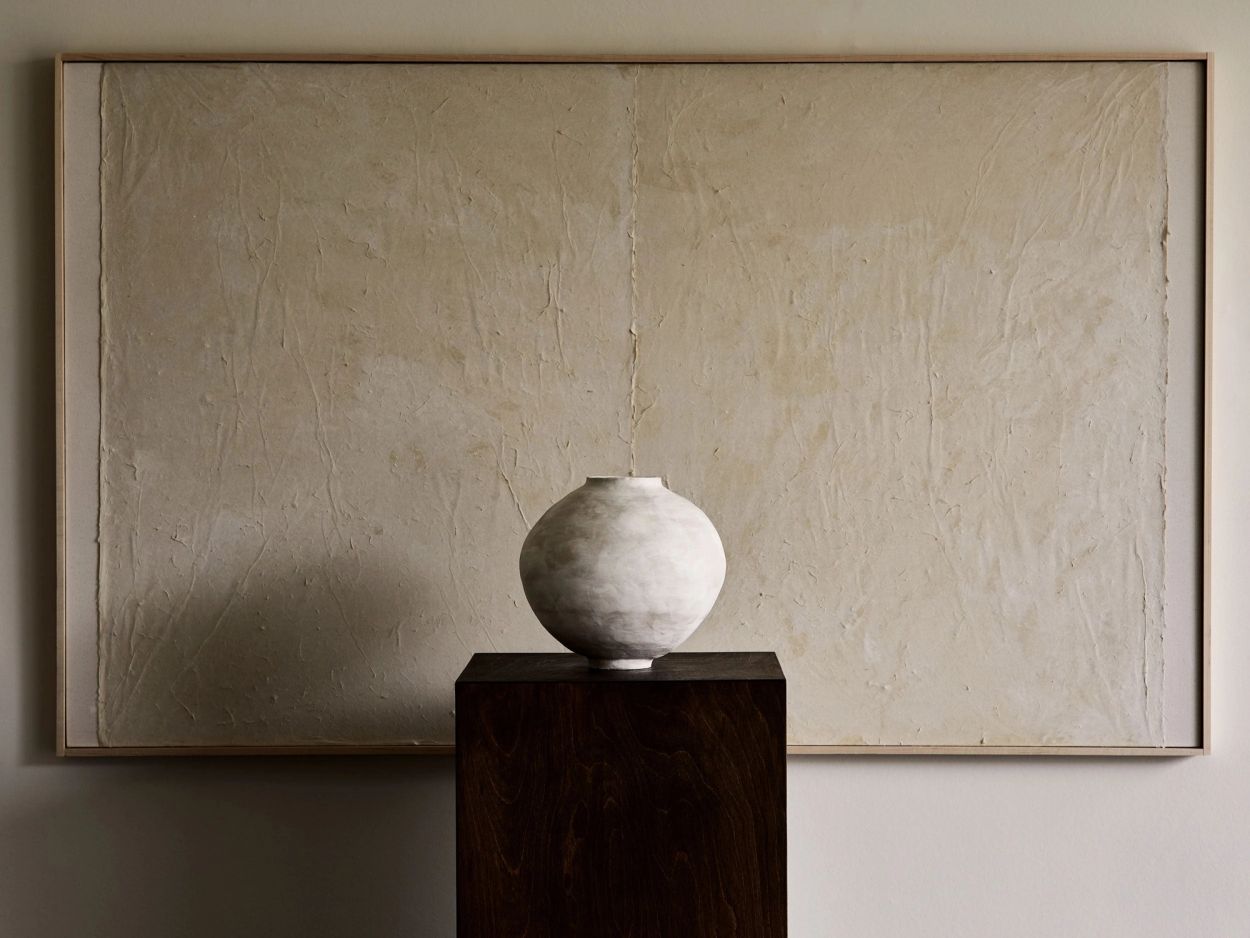 Bath Gallery
Bath GalleryYoona Hur: LineageJul 1 – Aug 28, 2021
Lineage is Yoona Hur’s first solo show with Francis Gallery, featuring vessels inspired by traditional Korean forms, as well as organic ceramic sculpture, and canvas works in hanji, gesso, acrylic and glue. “There is multiplicity in the term lineage,” says Hur. “For me, it points to both traditional Korean art and craft, and the modern art movement Dansaekhwa – a distinct heritage that I deeply respect. The term also refers to nature and the environment, which is where the materiality and textural focus of my work stems from.”
